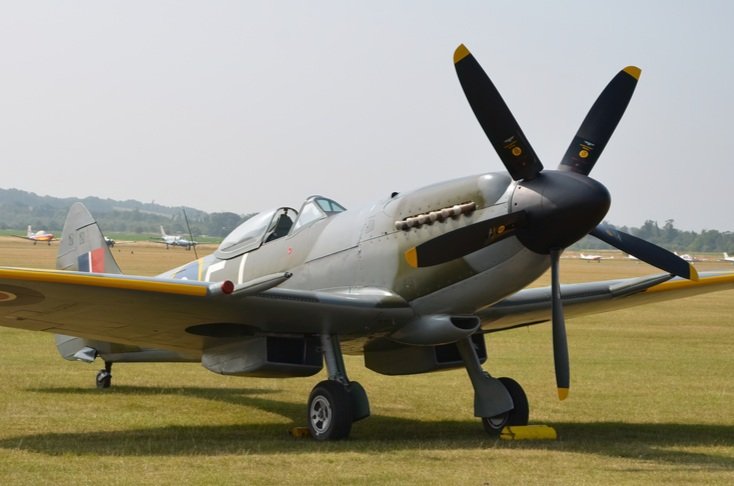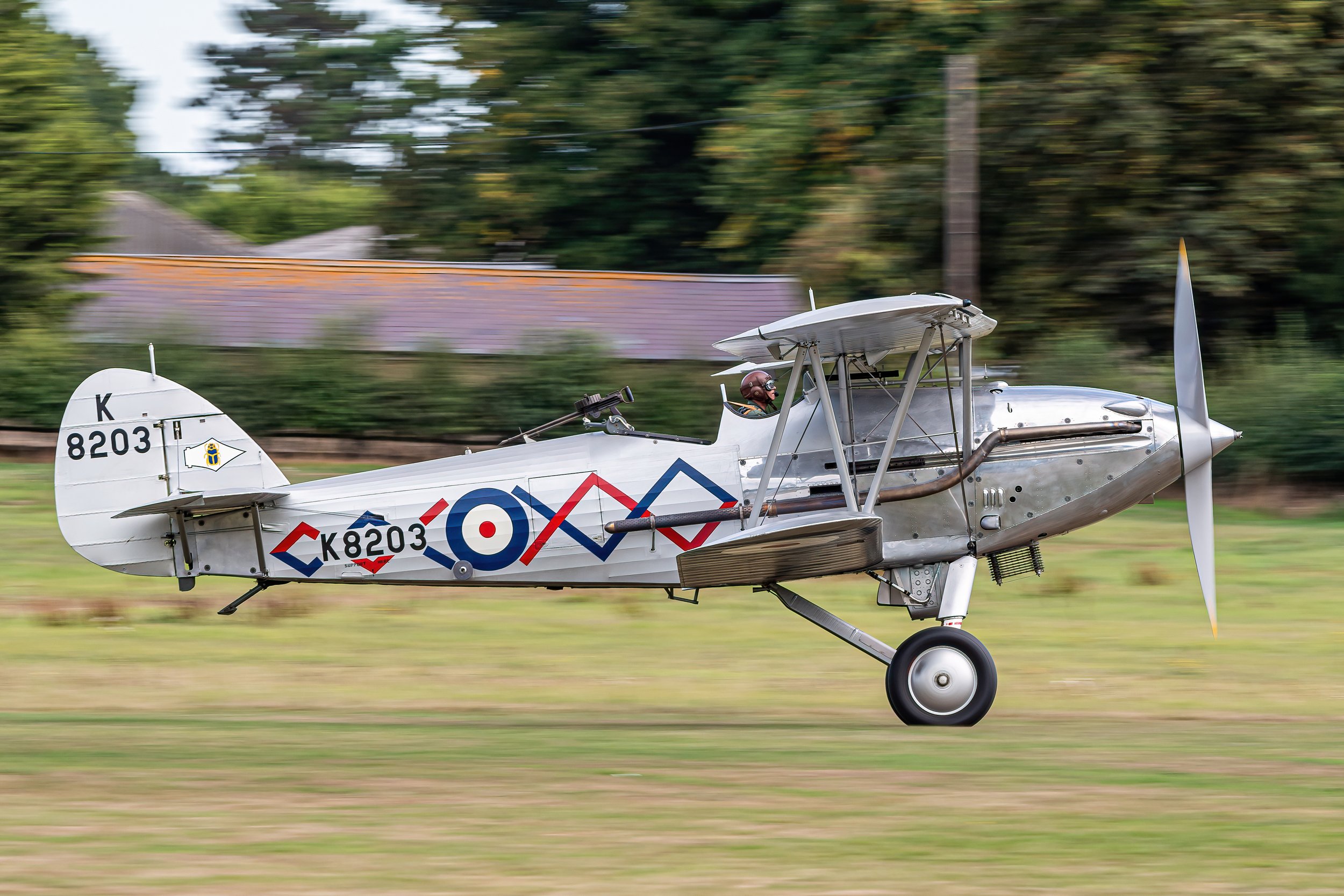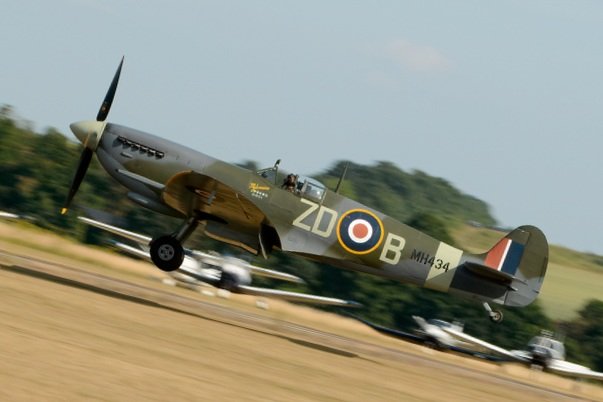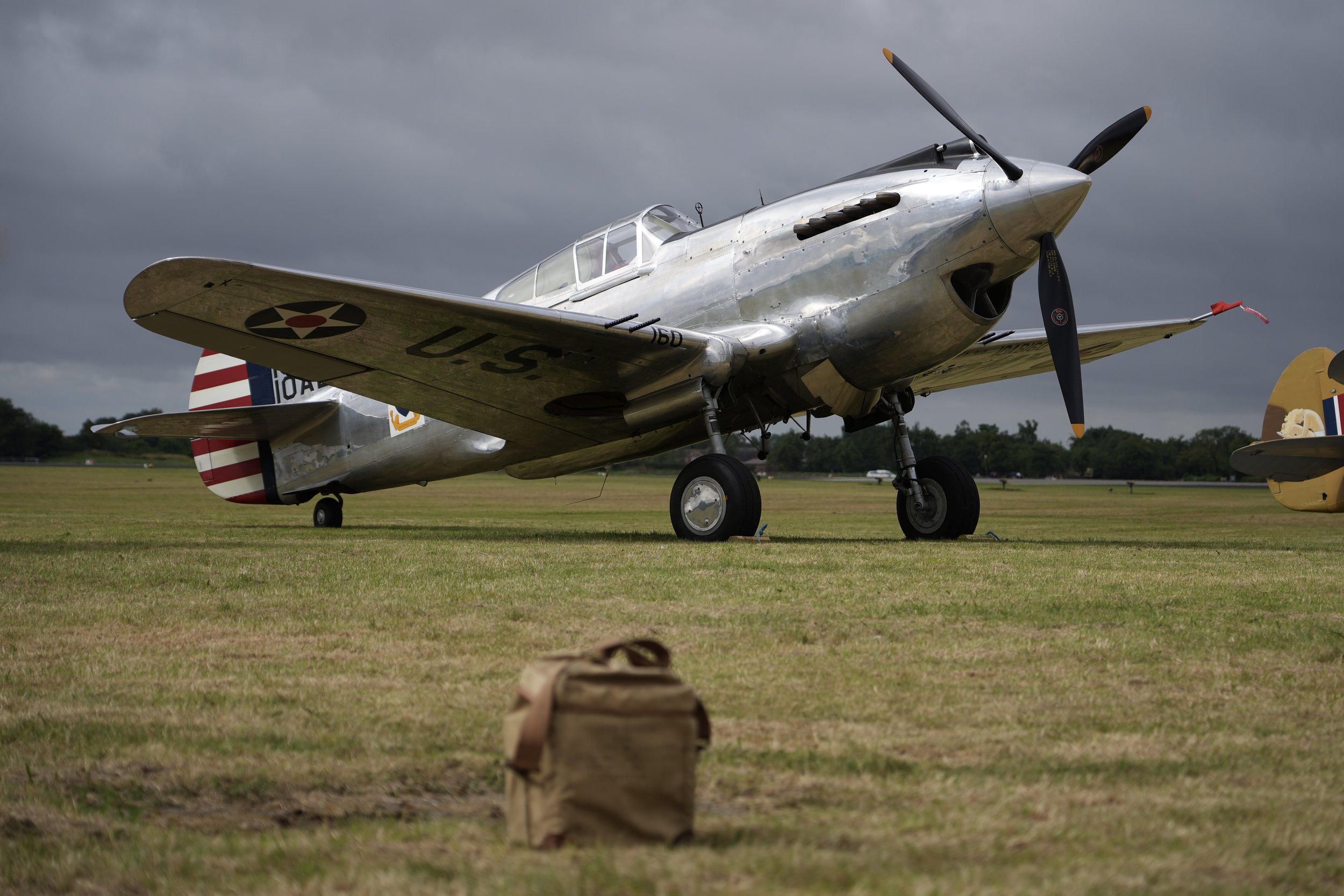Jungmann G-BSAJ
Year built

1954
Aircraft

1-131E Jungmann
Base

Headcorn Aerodrome
c/n 2209. Built in 1954 for the Spanish Air Force as ‘E.3B-209’. Now owned by Peter Kynsey and in a colour scheme similar to those worn during the 1936 Olympics
| Back to Top |
CASA 1-131E Jungmann
CASA 1.131 was a Spanish license-built version of the Bücker Bü 131 Jungmann with Hirth HM 504 or 125 hp (93 kW) ENMA Tigre G-IVA engine.
The Bücker Bü 131 Jungmann (freshman, young man) was a German 1930s basic training aircraft which was used by the Luftwaffe during World War II.
After serving in the Kaiserliche Marine in World War I, Carl Bücker moved to Sweden where he became managing director of Svenska Aero AB (Not to be confused with Svenska Aeroplan AB, SAAB). He later returned to Germany with Anders J Andersson, a young designer from SAAB. Bücker Flugzeugbau GmbH was founded in Berlin-Johannisthal, in 1932, with the first aircraft to see production being the Bü 131 Jungmann. While it was Bücker Flugzeugbau's first production type, the Bü 131A was the last biplane built in Germany. It had two open cockpits in tandem and fixed landing gear. The fuselage was steel tube, covered in fabric and metal, the wings wood and fabric. It first flew on the 80 hp (60 kW) Hirth HM60R. In 1936, it was followed by the Bü 131B, with a 105 hp (78 kW) Hirth 504A-2. Most wartime production for the Luftwaffe was by Aero in Prague.
| Back to Top |
| Back to Top |


































